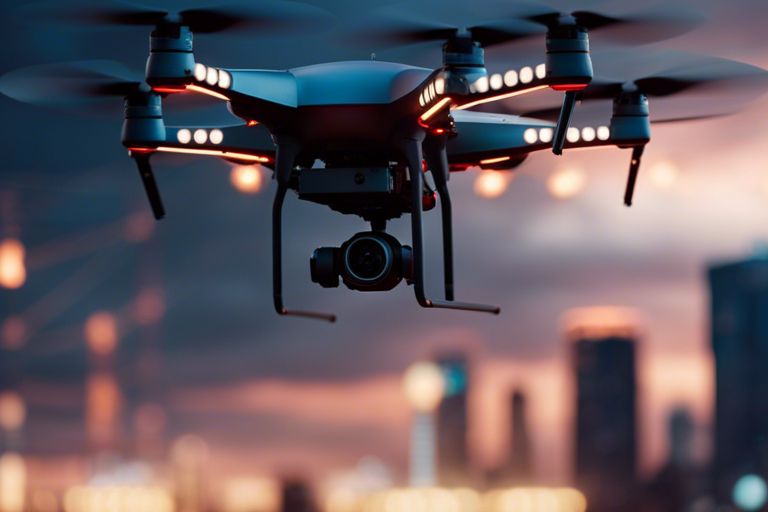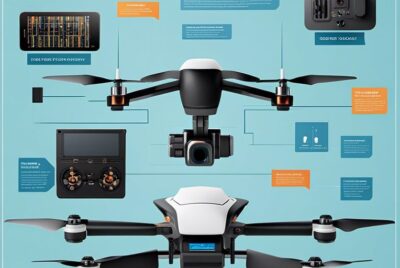“The Science of Anti-Drone Technology – Countering Rogue UAVs”
Rogue drones pose a significant threat in today’s airspace, requiring advanced technology to counter their illicit activities. Anti-drone technology has rapidly evolved to combat these rogue unmanned aerial vehicles (UAVs), utilizing cutting-edge solutions to detect, track, and neutralize unauthorized drones. In this blog post, we probe into the science behind anti-drone technology and explore how it is being used to safeguard our skies from rogue UAVs.
Understanding Drone Technology
A drone, also known as an unmanned aerial vehicle (UAV), is an aircraft without a human pilot on board. Drones can be controlled remotely by a pilot or autonomously by onboard computers. Understanding the basics of UAV design and operation is crucial to comprehending the capabilities and limitations of these aerial vehicles.
Basics of UAV Design and Operation
Drone design typically consists of a fuselage, which houses the drone’s components, such as the propulsion system, sensors, and communication technology. The wings or rotors provide lift and control, allowing the drone to maneuver in the air. Drones are powered by batteries or fuel engines, enabling them to fly for a specific duration based on their energy source.
Operationally, drones are controlled through a ground-based system or autonomously through pre-programmed flight paths. The onboard sensors and GPS technology assist in navigation, while communication systems transmit data between the drone and the operator, ensuring real-time monitoring and control.
Types of Drones and Their Capabilities
Capabilities:
| Fixed-Wing Drones | Rotary-Wing Drones |
| – Longer flight endurance | – Vertical take-off and landing capabilities |
| – High-speed capabilities | – Enhanced maneuverability |
| – Ideal for large area surveillance | – Suitable for close-range inspections |
| – Limited hover capability | – Limited flight time |
| – Requires runway or catapult for launch | – No need for runway, can launch from any terrain |
- Knowing the type of drone and its capabilities is essential for determining its operational use and effectiveness in various scenarios.
Technology:
| Stealth Technology | Sense and Avoid Systems |
| – Minimizes radar detection | – Enhances collision avoidance |
| – Used in military applications | – Improves safety during autonomous flights |
| – Reduces drone visibility | – Mitigates risks of mid-air collisions |
| – Advanced material composition | – Utilizes various sensors and cameras |
| – Evolves to counter anti-drone technologies | – Incorporates AI for real-time decision-making |
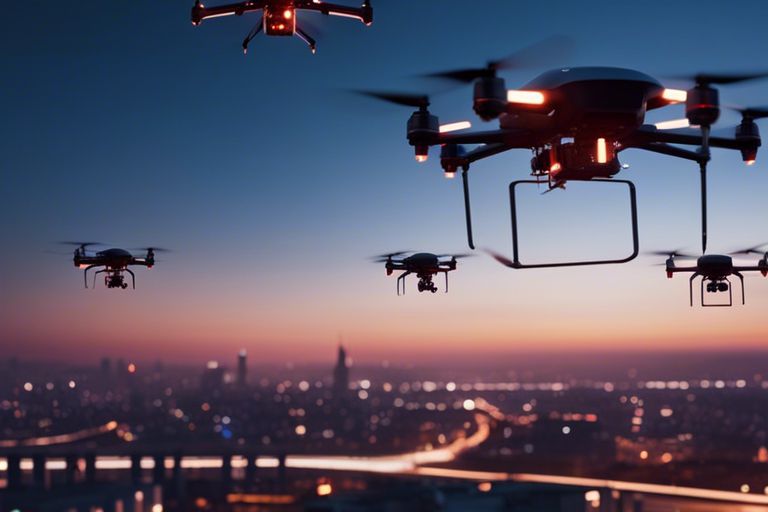
Anti-Drone Strategies
Any effective anti-drone strategy requires a combination of detection, tracking, and neutralization techniques to counter the growing threat posed by rogue UAVs. By understanding and implementing these strategies, security forces, governments, and critical infrastructure can better protect against unauthorized drone incursions.
Detection and Tracking of Unmanned Aerial Vehicles
Detection and tracking of unmanned aerial vehicles (UAVs) are critical components of any anti-drone system. Various technologies such as radar systems, acoustic sensors, electro-optical cameras, and radio frequency scanners can be deployed to detect and track drones in real-time. These systems are often integrated with sophisticated algorithms to differentiate between legitimate and rogue UAVs, enabling security personnel to respond swiftly to potential threats.
Tracking drones is equally important as detection, as it allows operators to monitor the UAV’s movements, determine its flight path, and analyze its behavior. Through the use of advanced tracking techniques like geolocation and predictive modeling, security teams can anticipate the drone’s next move and take proactive measures to prevent any malicious activities.
Neutralization Techniques: Jamming, Spoofing, and Physical Capture
Jamming, spoofing, and physical capture are common neutralization techniques used to counter unauthorized drones. Jamming involves disrupting the communication between the drone and its operator by emitting radio frequency signals that interfere with the UAV’s control systems. Spoofing, on the other hand, entails manipulating the drone’s GPS signals to misdirect it or force it to land. Physical capture methods include using nets, projectiles, or even trained birds of prey to capture and disable rogue UAVs.
Aerial counter-drone systems often combine these neutralization techniques to create a comprehensive anti-drone defense mechanism. By utilizing a multi-layered approach that integrates detection, tracking, and neutralization technologies, security professionals can effectively mitigate the risks posed by rogue drones and safeguard critical assets and infrastructure.
Legal and Ethical Considerations
Despite the urgent need for effective anti-drone measures to counter the threat posed by rogue UAVs, there are significant legal and ethical considerations that must be taken into account.
Regulatory Frameworks Governing Anti-Drone Measures
An essential aspect of implementing anti-drone technology is adhering to the regulatory frameworks set forth by aviation authorities and relevant governmental bodies. These regulations dictate the permitted methods for countering unauthorized drones to ensure the safety and security of airspace without infringing on individual rights or causing harm to bystanders. By following these guidelines, organizations and agencies can responsibly deploy anti-drone systems in a lawful manner.
It is crucial for stakeholders involved in anti-drone initiatives to stay informed about the evolving legal landscape surrounding drone operations and countermeasures. Regular updates and compliance with established laws and regulations help to prevent potential legal ramifications that could arise from the misuse or unauthorized use of anti-drone technologies.
Ethical Implications of Anti-Drone Enforcement
AntiDrone technologies raise ethical concerns regarding privacy, data protection, and potential collateral damage. Balancing the need for security with ethical considerations is paramount in developing and deploying anti-drone solutions effectively. This necessitates a thoughtful approach that considers the implications of anti-drone enforcement on individuals and society at large.
It is imperative for organizations and authorities to conduct thorough ethical assessments before implementing anti-drone measures. Considerations should include the proportionality of the response, the potential impact on innocent bystanders, and the transparency of the enforcement actions. By addressing these ethical implications proactively, stakeholders can mitigate risks and ensure that anti-drone technologies are deployed responsibly and ethically.
Advanced Anti-Drone Systems
For effective countermeasures against rogue UAVs, advanced anti-drone systems have been developed. These systems utilize cutting-edge technology to detect, track, and neutralize unauthorized drones. Below are some of the advanced anti-drone solutions currently in use:
- Laser Systems
- Radio Frequency Jammers
- Drone Catchers
- Net Guns
- Harnessing AI for Detection and Response
Developments in Directed Energy Weapons
Advanced directed energy weapons are becoming a prominent feature in anti-drone defense systems. These weapons use highly focused energy, such as lasers, to disrupt or destroy drones. By targeting critical components of the UAV, like its communication systems or propulsion, directed energy weapons can effectively neutralize the threat posed by rogue drones.
Moreover, the advancements in directed energy technology have led to more precise and efficient anti-drone solutions. These systems offer rapid response capabilities and can be deployed in various scenarios to protect sensitive areas from unauthorized drone incursions.
The Role of AI in Autonomous Anti-Drone Solutions
An integral part of advanced anti-drone systems is the incorporation of artificial intelligence (AI) for autonomous detection and response. AI-powered algorithms enable drones to be identified and classified rapidly, allowing for real-time decision-making on how to neutralize the threat effectively. By leveraging AI, anti-drone systems can adapt to evolving drone tactics and enhance their effectiveness in countering malicious UAV activities.
Solutions integrating AI technologies offer a proactive approach to anti-drone defense, ensuring enhanced protection against evolving threats. These autonomous systems can operate with minimal human intervention, making them highly efficient and reliable in safeguarding critical infrastructure and public safety.
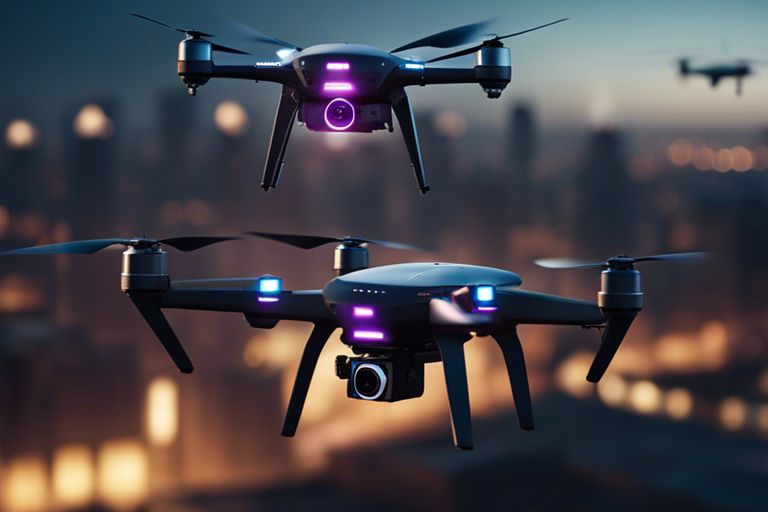
Challenges and Future Directions
Technological Arms Race
For those involved in developing anti-drone technology, staying ahead in the technological arms race is a constant challenge. Rogue UAV operators are continuously finding new ways to evade detection and countermeasures, pushing manufacturers and defense experts to innovate at a rapid pace.
Furthermore, with the rise of commercial drones and their increasing accessibility, the potential for these devices to be weaponized or used for malicious purposes is a looming threat. This necessitates ongoing research and development to enhance the effectiveness of counter-UAV systems.
The Future of Counter-UAV Defense Systems
Future advancements in counter-UAV defense systems are likely to focus on integrating artificial intelligence and machine learning algorithms to improve detection capabilities and response times. By analyzing patterns in drone behavior and adapting in real-time, these systems can stay one step ahead of evolving threats.
Additionally, the use of directed energy weapons, such as high-powered lasers or microwave beams, shows promise in disabling drones without the need for physical interception. These technologies offer a more precise and efficient way to neutralize rogue UAVs while minimizing collateral damage.
It is crucial for researchers and industry professionals to collaborate closely to address the challenges posed by rogue UAVs effectively. By investing in cutting-edge technologies and strategic partnerships, the future of counter-UAV defense systems holds the potential to mitigate risks and safeguard critical infrastructure from aerial threats.
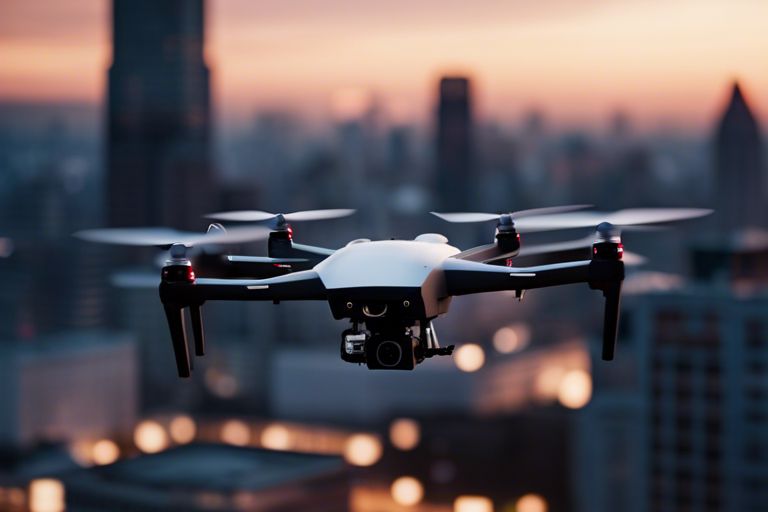
Final Words
Summing up, the field of anti-drone technology is rapidly advancing to keep pace with the evolving threats posed by rogue UAVs. From signal jamming and spoofing to laser-based systems and physical barriers, there is a wide range of countermeasures available to combat unauthorized drones. As the drone industry continues to grow, ensuring the safety and security of airspace is crucial. With ongoing research and development, we can expect even more sophisticated and effective anti-drone solutions to emerge, helping to mitigate risks and enhance protection against potential drone threats.
